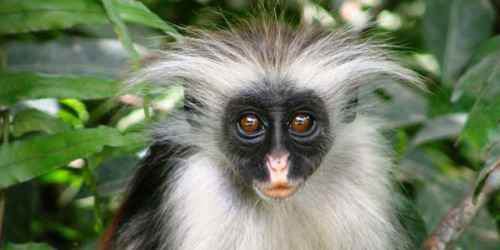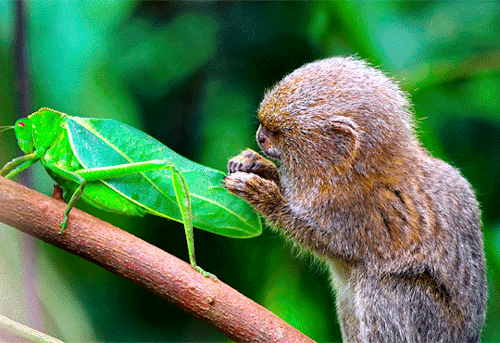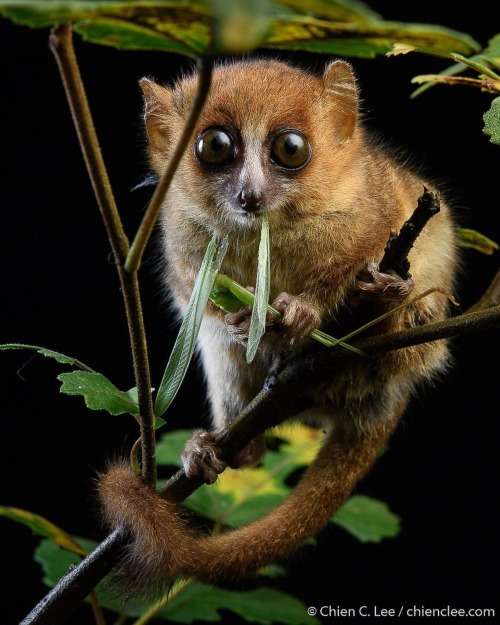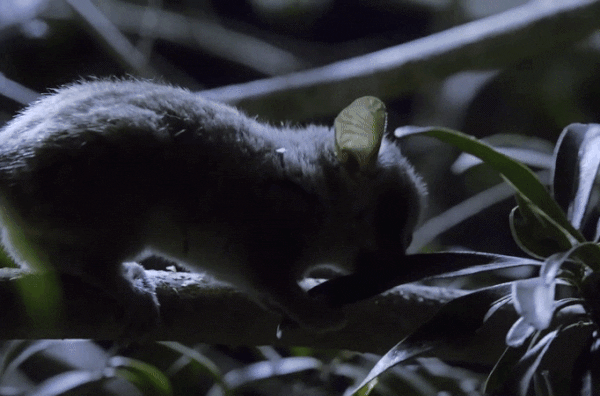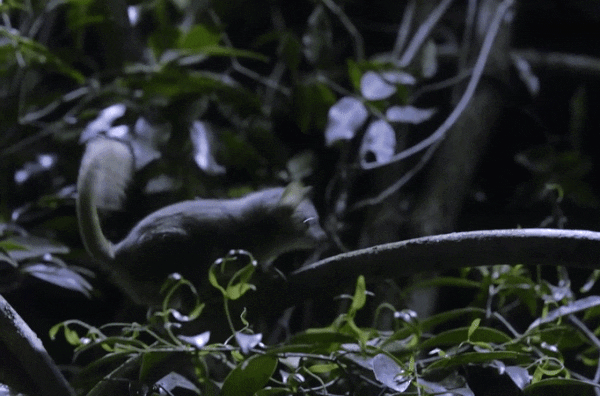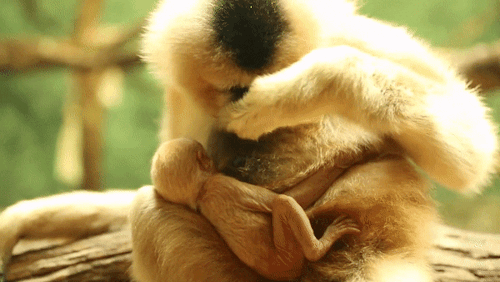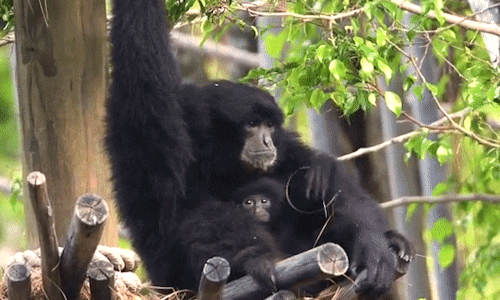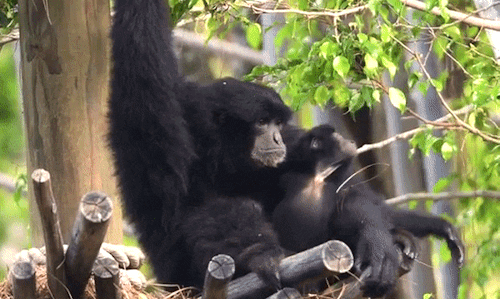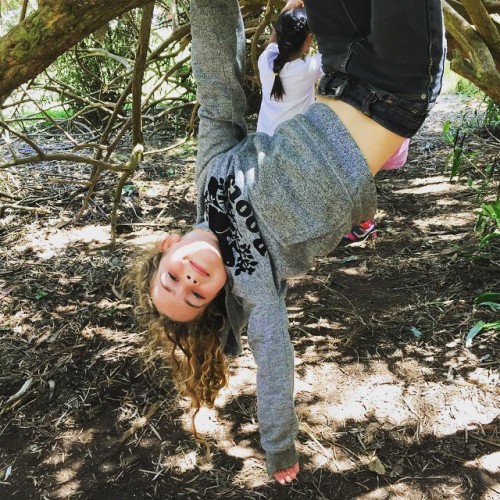#primates
To Do or Not to Do: Cracking the Code of Motivation
Our motivation to put effort for achieving a goal is controlled by a reward system wired in the brain. However, many neuropathological conditions impair the reward system, diminishing the will to work. Recently, scientists in Japan experimentally manipulated the reward system network of monkeys and studied their behavior. They deciphered a few critical missing pieces of the reward system puzzle that might help in increasing motivation.
Why do we do things? What persuades us to put an effort to achieve goals, however mundane? What, for instance, drives us to search for food? Neurologically, the answer is hidden in the reward system of the brain—an evolutionary mechanism that controls our willingness to work or to take a risk as the cost of achieving our goals and enjoying the perceived rewards. In people suffering from depression, schizophrenia, or Parkinson’s disease, often the reward system of the brain is impaired, leading them to a state of diminished motivation for work or chronic fatigue.
To find a way to overcome the debilitating behavioral blocks, neuroscientists are investigating the “anatomy” of the reward system and determining how it evaluates the cost-benefit trade-off while deciding on whether to pursue a task. Recently, Dr. Yukiko Hori of National Institutes for Quantum and Radiological Science and Technology, Japan, along with her colleagues have conducted a study that has answered some of the most critical questions on benefit- and cost-based motivation of reward systems. The findings of their study have been published in PLoS Biology.
Discussing what prompted them to undertake the study, Dr. Hori explains “Mental responses such as ‘feeling more costly and being too lazy to act,’ are often a problem in patients with mental disorders such as depression, and the solution lies in the better understanding of what causes such responses. We wanted to look deeper into the mechanism of motivational disturbances in the brain.”
To do so, Dr. Hori and her team focused on dopamine (DA), the “neurotransmitter” or the signaling molecule that plays the central role in inducing motivation and regulation of behavior based on cost-benefit analysis. The effect of DA in the brain transmits via DA receptors, or molecular anchors that bind the DA molecules and propagate the signals through the neuronal network of the brain. However, as these receptors have distinct roles in DA signal transduction, it was imperative to assess their relative impacts on DA signaling. Therefore, using macaque monkeys as models, the researchers aimed to decipher the roles of two classes of DA receptors—the D1-like receptor (D1R) and the D2-like receptor (D2R)—in developing benefit- and cost-based motivation.
In their study, the researchers first trained the animals to perform “reward size” tasks and “work/delay tasks.” These tasks allowed them to measure how perceived reward size and required effort influenced the task-performing behavior. Dr. Takafumi Minamimoto, the corresponding author of the study explains, “We systematically manipulated the D1R and D2R of these monkeys by injecting them with specific receptor-binding molecules that dampened their biological responses to DA signaling. By positron emission tomography-based imaging of the brains of the animals, the extent of bindings or blockades of the receptors was measured.” Then, under experimental conditions, they offered the monkeys the chance to perform tasks to achieve rewards and noted whether the monkeys accepted or refused to perform the tasks and how quickly they responded to the cues related to the tasks.
Analysis of these data unearthed some intriguing insights into the neurobiological mechanism of the decision-making process. The researchers observed that decision-making based on perceived benefit and cost required the involvement of both D1R and D2R, in both incentivizing the motivation (the process in which the size of the rewards inspired the monkeys to perform the tasks) and in increasing delay discounting (the tendency to prefer immediate, smaller rewards over larger, but delayed rewards). It also became clear that DA transmission via D1R and D2R regulates the cost-based motivational process by distinct neurobiological processes for benefits or “reward availability” and costs or “energy expenditure associated with the task.” However, workload discounting—the process of discounting the value of the rewards based on the proportion of the effort needed—was exclusively related to D2R manipulation.
Prof. Hori emphasizes, “The complementary roles of two dopamine receptor subtypes that our study revealed, in the computation of the cost-benefit trade-off to guide action will help us decipher the pathophysiology of psychiatric disorders.” Their research brings the hope of a future when by manipulating the inbuilt reward system and enhancing the motivation levels, lives of many can be improved.
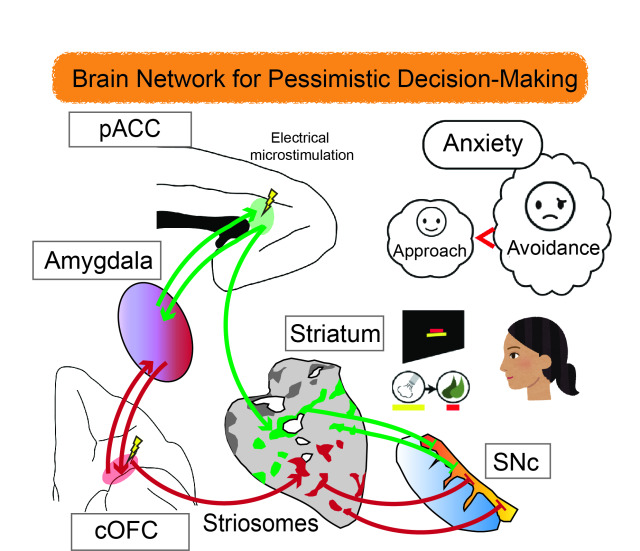
How to make up your mind when the glass seems half empty?
Is a new high-income job offer worth accepting if it means commuting an extra hour to work? People often have to make tough choices regarding whether to endure some level of discomfort to take advantage of an opportunity or otherwise walk away from the reward. In making such choices, it turns out that the brain weighs our desire to go for the reward against our desire to avoid the related hardship.
In previous research, negative mental states have been shown to upset this balance between payoff and hardship toward more ‘pessimistic’ decision making and avoidance. For example, scientists know that people experiencing anxiety have a stronger-than-normal desire to avoid negative consequences. And people with depression have a weaker desire to approach the reward in the first place. But there is still much we do not know about how the brain incorporates feelings into decision making.
Neuroscientists at Kyoto University’s Institute for Advanced Study of Human Biology (WPI-ASHBi) have connected some of the dots to reveal the brain networks that give anxiety influence over decisions. Writing in the journal Frontiers in Neuroscience, the group has published a review that synthesizes results from years of brain measurements in rats and primates and relates these findings to the human brain.
“We are facing a new epidemic of anxiety, and it is important that we understand how our anxiety influences our decision making,” says Ken-ichi Amemori, associate professor in neuroscience at Kyoto University, ASHBi. “There is a real need for a better understanding of what is happening in the brain here. It is very difficult for us to see exactly where and how anxiety manifests in humans, but studies in primate brains have pointed to neurons in the ACC [anterior cingulate cortex] as being important in these decision-making processes.”
Thinking of the brain as an onion, the ACC lies in a middle layer, wrapping around the tough ‘heart’, or corpus callosum, which joins the two hemispheres. The ACC is also well-connected with many other parts of the brain controlling higher and lower functions with a role in integrating feelings with rational thinking.
The team started by measuring brain activity in rhesus macaques while they performed a task to select or reject a reward in the form of food combined with different levels of ‘punishment’ in the form of an annoying blast of air in the face. The potential choices were visually represented on a screen, and the monkeys used a joystick to make their selection, revealing how much discomfort they were willing to consider acceptable.
When the team probed the ACC of the monkeys, they identified groups of neurons that activated or deactivated in line with the sizes of the reward or punishment on offer. The neurons associated with avoidance and pessimistic decision-making were particularly concentrated in a part of the ACC called the pregenual ACC (pACC). This region has been previously linked to major depressive disorder and generalized anxiety disorder in humans.
Microstimulation of the pACC with a low-level electrical pulse caused the monkeys to avoid the reward, simulating the effects of anxiety. Remarkably, this artificially induced pessimism could be reversed by treatment with the antianxiety drug diazepam.
With knowledge of the pACC’s involvement in anxiety-related decision-making, the team next searched for its connections to other parts of the brain. They injected viruses at the specific sites that instructed nerve cells to start making fluorescent proteins that would light up under microscope observation. The virus then spread to other connected nerve cells, revealing the pathways other areas of the brain linked to this center of ‘pessimistic’ thought.
The team found interconnections with many parts of the prefrontal cortex at the front of the human brain, which is associated with higher cogitative function and reasoning. They also noted a strong connection with labyrinth-like structures known as striosomes.
Amemori explains, “The function of the striosome structure has been something of a mystery for a long time, but our experiments point to these being an important node linking pessimistic decision-making to the brain’s reward system and dopamine regulation.”
The team noted a further connection, namely that between these striosomes and another more distant region, the caudal region of the orbitofrontal cortex (cOFC) at the front of the brain. This part is also known to be involved in cognition and decision-making.
When the team repeated their brain monitoring, microstimulation, and virus tracing studies in cOFC, they found a very similar influence on the monkey’s tendency toward pessimistic decision making. Curiously, the pACC and the cOFC also shared many of the same connections to other parts of the brain.
The team was able to generalize these findings in primates to humans by drawing comparisons with the body of knowledge in human brains studies based on magnetic resonance imaging or MRI.
Amemori says, “The many parallels in brain activation point to a common mechanism for both humans and monkeys. It’s important that we have associated striosomes and their extended network with decision making under an anxious condition, and we hope that this study will be useful toward developing brain pathway-specific treatments for neurological and psychiatric disorders in humans.”







The mouse lemur is the smallest primate in the world, with a combined head, body, and tail length of less than 30cm (11.8"). It is native to Madagascar and is nocturnal. Mouse lemurs are considered cryptic species—with very little morphological differences between the various species, but with high genetic diversity.
Lemurs and mouse lemurs were announced by the IUCN as the most endangered of all vertebrates. There were 2 known mouse lemur species in 1992; by 2016, there were 24.
Hi, it’s The Zanzibar red colobus (Procolobus kirkii)also known as Kirk’s red colobus. It was called after “ Sir John Kirk, the British Resident of Zanzibar who first brought it to the attention of zoological science”, but it’s funny, Kirk has his own primate.
Post link
Primate Playmates - Baby Siamang Befriends Young Orangutan, San Diego Zoo
That’s no way to treat your prime-mate, San Diego Zoo
Full video: These incredible primates are now living the high life! , Auckland Zoo
Have you been in to see our emperor tamarin twins? Auckland Zoo
Monkey around this Saturday night at Kids Play Night! Kids will learn about all of our primate relatives, as well as meet animals, eat pizza, watch a movie and more! Only $35 for the first child, $25 for siblings, and they’ll have a great and enriching experience!
#treefrogtreks #sfkids #sf #sanfrancisco #primates #treeclimbing #monkeybusiness #datenight #scienceeducation #stem #stemeducation #fun #kids
Post link


